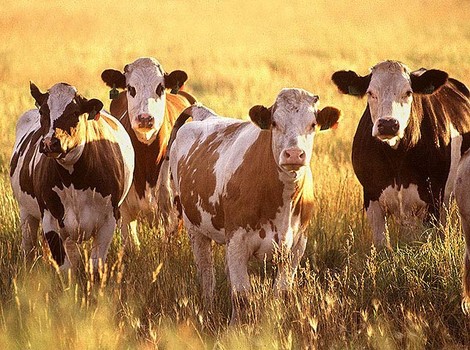An outbreak of the bacterial disease, anthrax has affected some 150 cattle in the Angolan province of Benguela, according to a Horn of Africa Online report.

Agricultural Research Service/USDA
The outbreak began in early November in the municipality of Maka-Mombolo. To date, five cows have died from the disease.
According to the head of the veterinary services in the region, Alcides Daniel Martinho, a team has been sent into the region to vaccinate cattle.
Anthrax is a pathogen in livestock and wild animals. Some of the more common herbivores are cattle, sheep, goats, horses, camels and deers.
It infects humans primarily through occupational or incidental exposure with infected animals of their skins.
Anthrax is caused by the bacterium, Bacillus anthracis. This spore forming bacteria can survive in the environment for years because of its ability to resist heat, cold, drying, etc. this is usually the infectious stage of anthrax.
When conditions become favorable, the spores germinate into colonies of bacteria. An example would be a grazing cow ingests spores that in the cow, germinate, grow spread and eventually kill the animal.
The bacteria will form spores in the carcass and then return to the soil to infect other animals. The vegetative form is rarely implicated in transmission.
There are no reports of person-to-person transmission of anthrax. People get anthrax by handling contaminated animal or animal products, consuming undercooked meat of infected animals and more recently, intentional release of spores.
There are three types of human anthrax with differing degrees of seriousness: cutaneous, gastrointestinal and inhalation.
For more infectious disease news and information, visit and “like” the Infectious Disease News Facebook page

